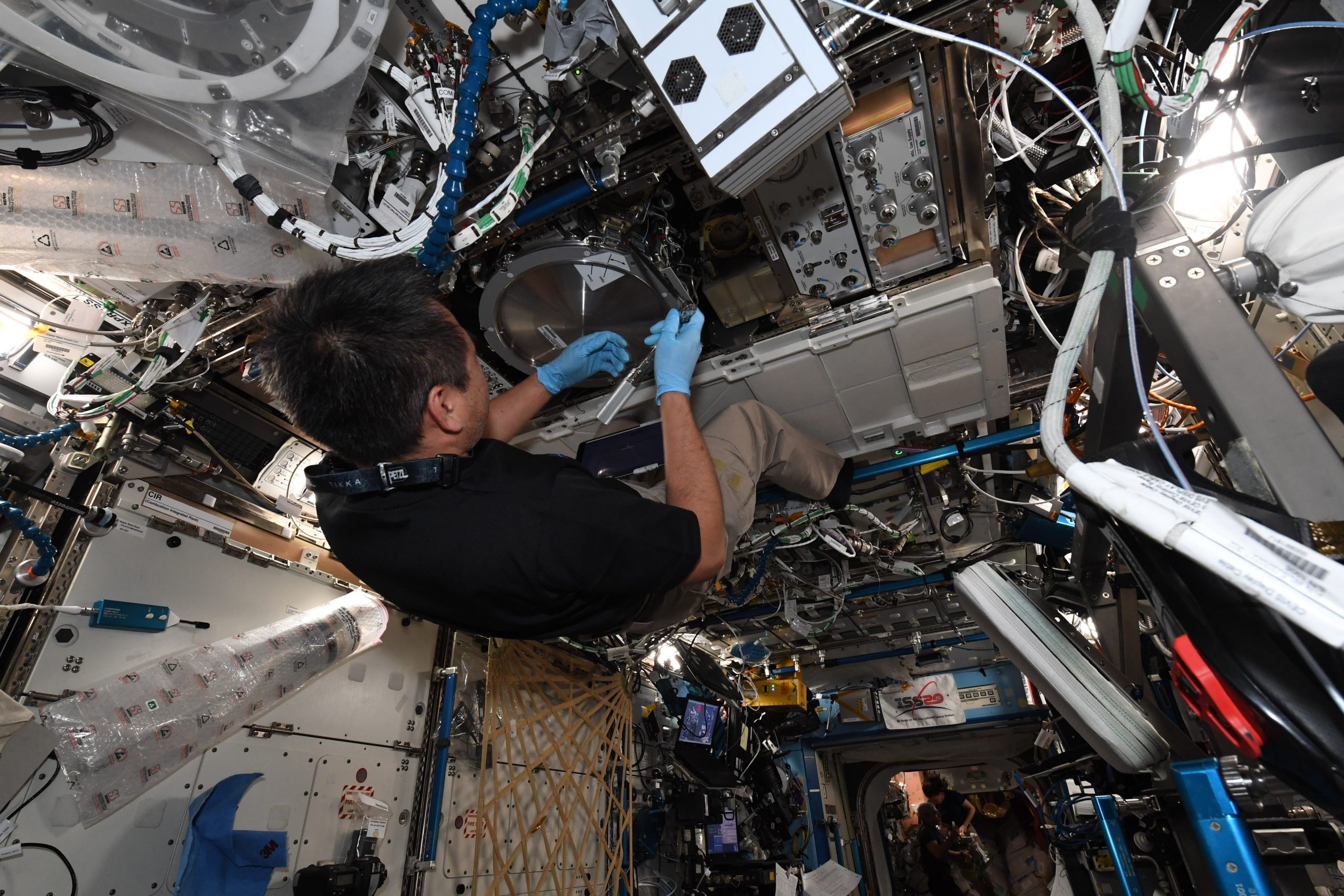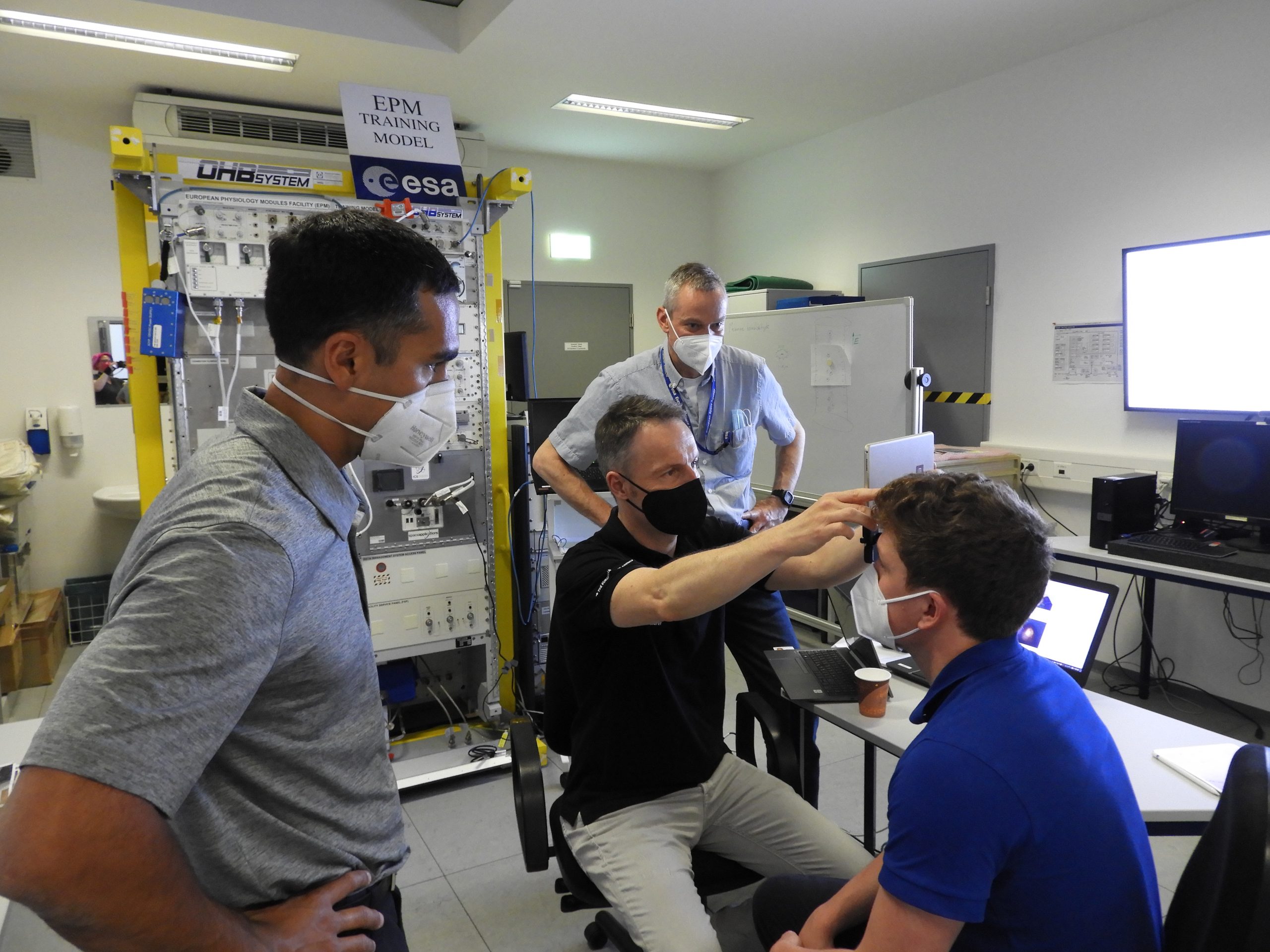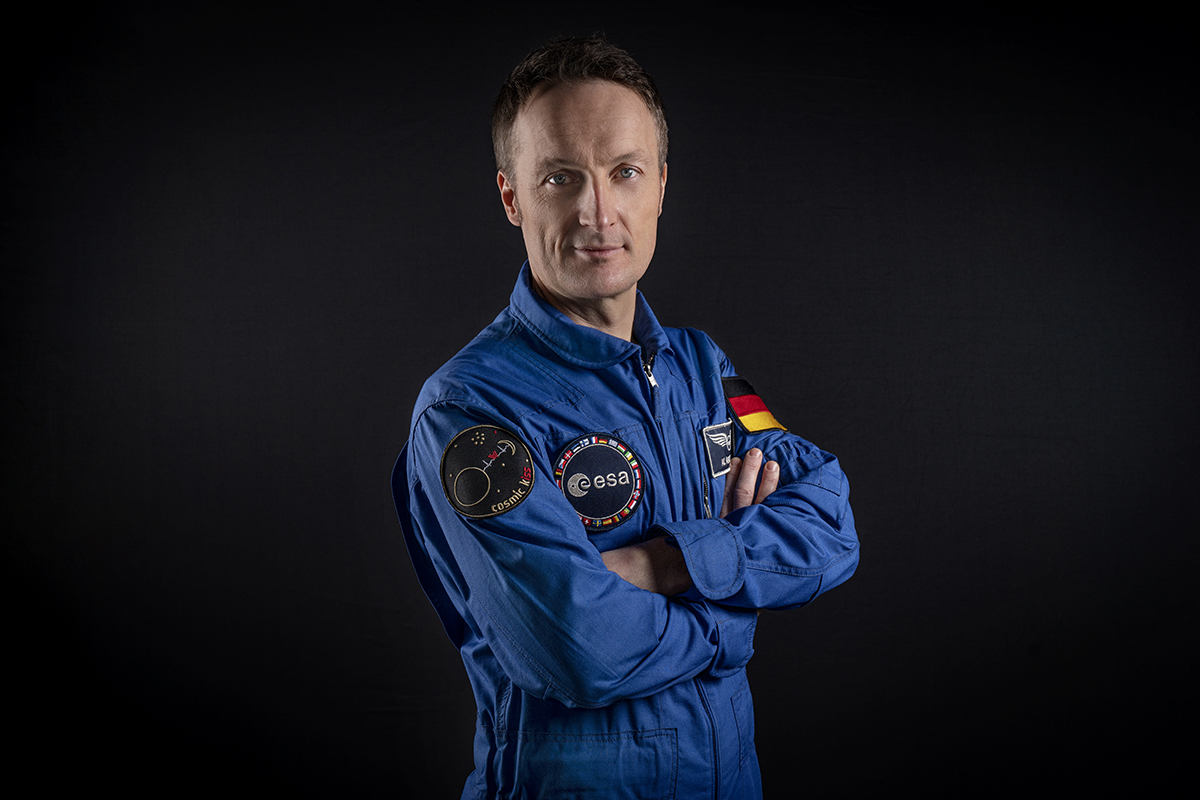UPDATE: Due to poor weather conditions, NASA and SpaceX are now targeting 9:14 CEST Sunday 29 August for this launch.
Scheduled to launch at 9:37 CEST Saturday 28 August from NASA’s Kennedy Space Center in Florida, the resupply vehicle will carry samples for the Biofilms experiment to help maintain astronaut and material safety in space, sample cartridges for Materials Science Lab (MSL) Batch 3A investigating the solidification of metallic alloys, two commercial payloads for ESA’s Ice Cubes facility, and hardware for several technology demonstrations that will take place during Matthias Maurer’s Cosmic Kiss mission.
Safer surfaces
“Wash your hands thoroughly and often” has become a catch cry of the COVID-19 pandemic. This is because microorganisms are easily spread across common surfaces like door handles and light switches, and it is no less true in space. The Space Station is a lab, as well as a home to astronauts. This makes it especially important to keep the environment safe and clean for the astronauts’ long-term health.
Funded by ESA and the German Aerospace Center (Space Administration), Biofilms was developed by the aerospace microbiology research group at the German Aerospace Center (DLR) Institute of Aerospace Medicine and the Chair of Functional Materials at Saarland University. It will test the antimicrobial properties of laser-structured metal surfaces such as steel, copper and brass under microgravity conditions.

Experiment unit for Biofilms developed by Kayser Italia. Credit: ESA/DLR.
The experiment will run in the Kubik facility – a temperature-controlled incubator for studying biological samples in Europe’s Columbus module – and test the growth of bacteria such as human skin-associated bacteria Staphylococcus capitis. 24 experimental units developed by Kayser Italia will fly on SpaceX 23, arriving at the Station at 17:00 CEST Sunday 29 August to enable this research in space.
Biofilms is not the only investigation looking into the transmission of microorganisms set to fly on this weekend’s spacecraft. Hardware for a technology demonstration called Touching Surfaces, where nano-structures applied with a laser to novel surfaces made of copper and brass will be examined for their antimicrobial effect, will also be on board.

Fully assembled touch array for the Touching Surfaces experiment. Credit: DLR

Touch array inside a Ziplock bag. Credit: DLR
Five Touching Surfaces panels will be exposed to the indoor environment of the Space Station, with astronauts encouraged to touch them frequently before they are returned to Earth for material science and molecular biological analysis. Additionally integrated in Touching Surfaces are novel nature-inspired, multi-functional surfaces from the Centre for Nature-Inspired Engineering (CNIE) at University College London (UCL) that passively absorb and transport water and microbes to benefit sustainable life support applications in extreme environments. These novel surfaces will undergo a realistic spaceflight field test to ensure their longevity and performance for future space habitat design and medical demands on Earth. In addition, several schools will also receive similar samples and work with DLR researchers to evaluate and compare them with those sent to space.
Understanding alloys
Two European Space Agency experiments, MICAST and CETSOL, are underway in the Materials Science Lab (MSL) and could help industry develop stronger, more light-weight materials. This is important for spaceflight, where every gram counts, but it also has applications for Earth where the technology could reduce fuel consumption and aid materials recycling.
Sample cartridges for MSL Batch 3A (MICAST) sent up on this resupply vehicle will help further research into the chemical and physical mechanisms of metallic alloys, for more sustainable solutions in space and on Earth.

Japanese Space Agency (JAXA) astronaut Akihiko Hoshide working on the Materials Science Research Rack. Credit: ESA/NASA-T.Pesquet
Eyes and AI
Hardware for a technology demonstration called Retinal Diagnostics will also hitch a ride on the Dragon this weekend. Sponsored by ESA, this cooperation between the German Aerospace Center (DLR) Institute of Space Medicine and ESA’s European Astronaut Centre (EAC) involves an ocular lens used for routine clinical diagnostic operations, adapted for use with a tablet in space.
Principal investigator Juergen Drescher of DLR says Space-Associated Neuro-Ocular Syndrome (SANS) is present in two-thirds of astronauts and thought to be associated with long-duration (30 days or longer) exposure to microgravity. On Station, ESA astronaut Matthias Maurer and two of his fellow crew members will use the adapted ocular lens to capture images of their retinas to detect or document the progression of SANS. The images and videos they provide will then be used to test and train AI models that could automatically detect retinal changes in astronauts in the future.
While initially developed for space, this technology could also provide a more accessible way to diagnose ocular conditions in remote and extreme environments on Earth in the future.

Matthias Maurer and NASA astronaut Raja Chari train in Retinal Diagnostics. Credit: ESA.
Ice Cubes for students
One of the European experiments bound for the Ice Cubes facility on board the Space Station was designed by students. Oscar-Qube, sort for Optical Sensors based on CARbon materials: QUantum BElgium, is a scientific experiment designed, built, and operated by students from Hasselt University, Belgium and supported by ESA Education’s Orbit Your Thesis! programme.
It is an ambitious experiment that uses quantum technology to perform extremely rapid and precise measurements of the Earth’s magnetic field. The team will use the data collected to create a high-resolution map of the magnetic field around the globe.

OSCAR QUBE sits in the ICE Cubes Facility mock-up at SpaceApps. Credit: Team Oscar Qube
Orbit Your Thesis! is a hands-on ESA educational programme that helps university students realise the dream of putting an experiment of their own design into space. Oscar-Qube is the first experiment in the programme to launch and the first student team to test a quantum technology sensing device in space.
Making space for Matthias
Hardware for several other DLR technology demonstrations will also be flying on SpaceX 23 in preparation for ESA astronaut Matthias Maurer’s upcoming Cosmic Kiss mission.
Matthias is scheduled to be launched no earlier than 31 October this year. Cosmic Kiss will be his first mission to space, during which he will live and work on the orbital outpost for six months.
Additional experiments and demonstrations with hardware on SpaceX 23 include: Children’s Chain, Dzhanibekov Demonstrations, Metabolic Space, Seeds and Martian Yeast, and Thermo Mini. Stay tuned to ESA and DLR content throughout Matthias’s Cosmic Kiss mission to learn more about each of these.
The SpaceX 23 launch will be streamed live on NASA TV.



